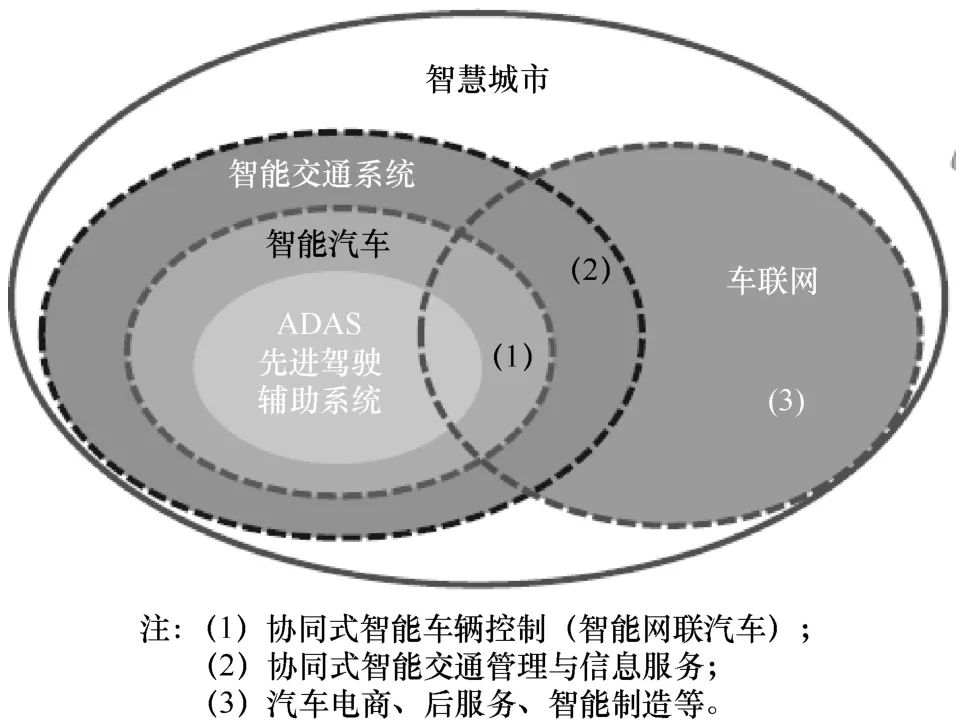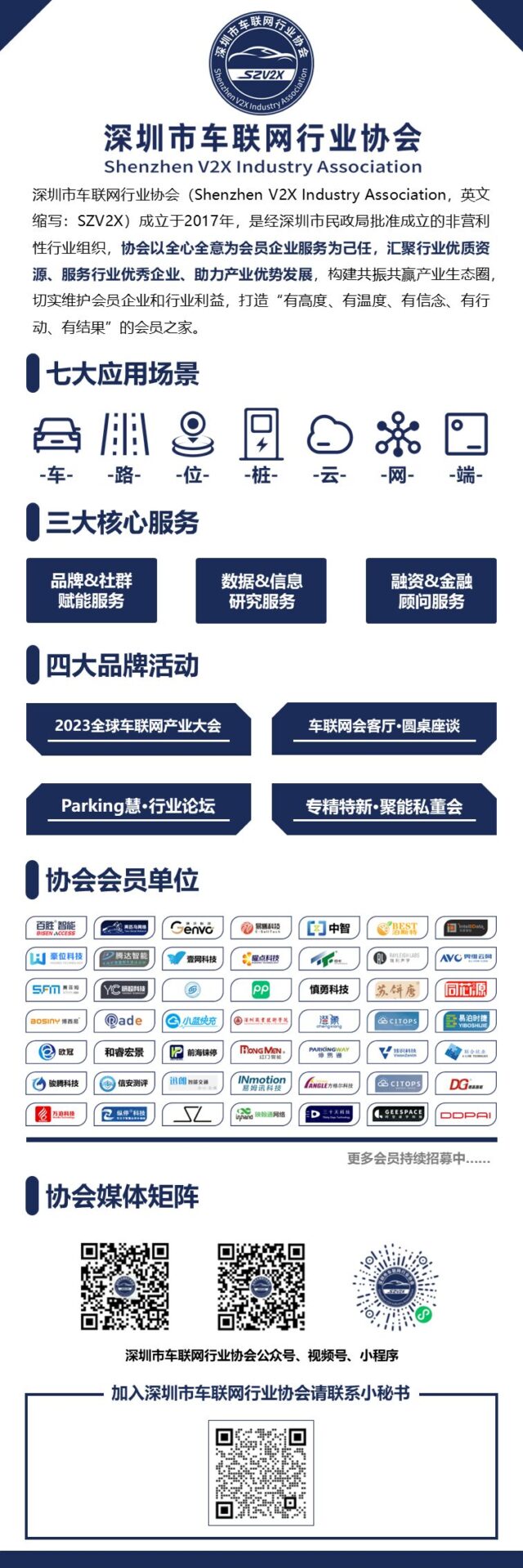Skip to content
Smart connected vehicles are a new phenomenon. Although domestic and international companies and research institutions have proposed various concepts and categories related to smart connected vehicles, such as smart cars, autonomous vehicles, driverless cars, vehicle networking, and intelligent transportation systems, it is necessary to compare and clarify these related concepts.
The concept of smart cars was proposed in the “Smart Car Innovation Development Strategy” released by the National Development and Reform Commission. Smart cars refer to a new generation of vehicles that, by equipping advanced sensors, controllers, actuators, and utilizing new technologies such as information communication, the internet, big data, cloud computing, and artificial intelligence, have partial or full autonomous driving capabilities, transitioning from mere transportation tools to intelligent mobile spaces.
Smart cars are often referred to as smart connected vehicles, autonomous vehicles, or driverless cars. From the perspective of the definitions of smart connected vehicles and smart cars, it is generally believed that the definitions of smart connected vehicles and smart cars tend to be consistent.
Autonomous vehicles are the common terminology used by mainstream foreign car manufacturers, emphasizing the level of intelligence development of the vehicle, namely whether the car possesses advanced perception and information processing capabilities and a certain level of autonomous driving ability, without focusing on connectivity and information interaction features.
Driverless cars are a colloquial term used by users to refer to smart cars, representing the ultimate stage in the development of smart connected vehicles/smart cars. Driverless cars emphasize the goal of full automation of vehicles, meaning that the car can complete driving tasks without human operation.
The Department of Automotive Engineering at Tsinghua University proposed that vehicle networking is an information physical system based on in-vehicle networks, vehicle-to-vehicle networks, and vehicle-to-cloud networks, which enables wireless communication and information exchange between vehicles and X (where X refers to vehicles, roads, pedestrians, the internet, etc.) according to agreed communication protocols and data exchange standards. It is an integrated network capable of achieving intelligent traffic management, intelligent dynamic information services, and intelligent vehicle control.
The connotation of vehicle networking is broad, encompassing information interconnection and sharing, business model innovation, as well as the intelligentization of automotive products and intelligent manufacturing of vehicles.
(5) Intelligent Transportation Systems
The Japan Intelligent Transportation Association proposed that intelligent transportation systems (ITS) are modern transportation systems characterized by intelligence, which utilize advanced information, communication, and control technologies to closely integrate vehicles, roads, and users, aiming to solve problems such as traffic accidents, congestion, environmental pollution, and energy consumption. ITS is not only a traffic management system but also consists of application systems such as ATMS (Advanced Traffic Management System), ATIS (Advanced Traveler Information System), and AVCSS (Advanced Vehicle Control and Safety System).
Intelligent transportation systems emphasize the overall construction of the transportation system, including infrastructure construction such as road networks and communication base stations, road traffic management, and related information services, as well as the systems and technologies related to transportation vehicles—cars and the participants in transportation—people.
Cars are the core element of intelligent transportation systems. The intelligentization of vehicles is actually key to achieving the intelligentization of the transportation system, a point that is often overlooked and should be emphasized in the future.
(6) Smart Connected Vehicles
The definition of smart connected vehicles was first proposed in the “Energy-saving and New Energy Vehicle Technology Roadmap” released by the China Society of Automotive Engineers in 2016.
According to the relevant descriptions in the “Energy-saving and New Energy Vehicle Technology Roadmap,” the following definition can be given: smart connected vehicles refer to vehicles equipped with advanced onboard sensors, controllers, actuators, and integrated with modern communication and networking, artificial intelligence, and other technologies to achieve intelligent information exchange and sharing between vehicles and X (vehicles, roads, people, clouds, etc.), possessing functions such as complex environmental perception, intelligent decision-making, and collaborative control, capable of achieving “safe, efficient, comfortable, and energy-saving” driving, ultimately replacing human operation with a new generation of vehicles. (See the image below.)
 Generally speaking, smart connected vehicles are also known as smart cars, autonomous vehicles, and driverless cars. Vehicle networking intersects with intelligent transportation systems, smart cars, and advanced driver assistance systems, exhibiting overlaps. Advanced driver assistance systems are part of smart cars, and smart cars are part of intelligent transportation systems; while the concepts of intelligent transportation systems and vehicle networking have both partial overlaps and distinctions, the concept of smart cars has clear boundaries, as it is materialized based on vehicles.
Generally speaking, smart connected vehicles are also known as smart cars, autonomous vehicles, and driverless cars. Vehicle networking intersects with intelligent transportation systems, smart cars, and advanced driver assistance systems, exhibiting overlaps. Advanced driver assistance systems are part of smart cars, and smart cars are part of intelligent transportation systems; while the concepts of intelligent transportation systems and vehicle networking have both partial overlaps and distinctions, the concept of smart cars has clear boundaries, as it is materialized based on vehicles.





